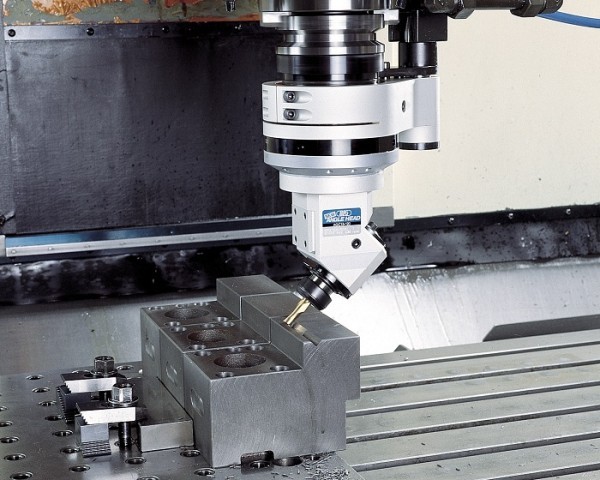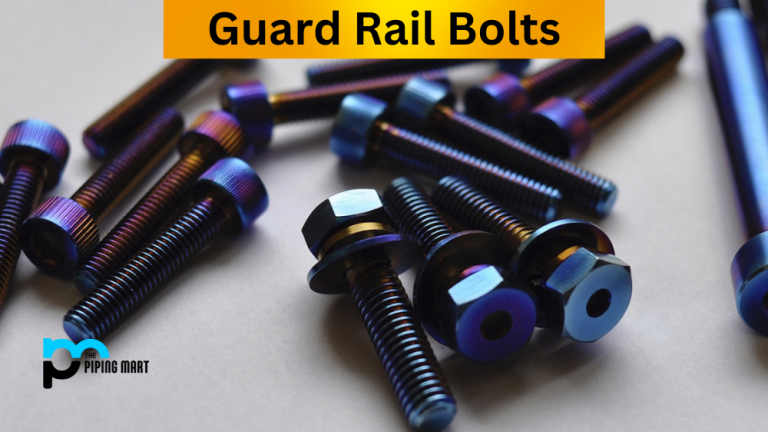Circular Saws: Key Features and Best Practices
Circular saws are indispensable tools for making straight and precise cuts through a range of materials. In this guide, we’ll explore how circular saws operate, what they can cut, how to select the best blade, and the essential safety practices you should follow. We’ll also touch on the importance of understanding geocomposite product data for construction professionals.

What is a circular saw, and how does it function?
Circular saws use a high-speed rotating blade to cut through various materials, including wood, metal, and plastic. Available in both corded and cordless models, these saws can be handheld for portability or mounted for precision tasks. Corded saws offer continuous power, while cordless options provide more flexibility in mobility.
What materials can a circular saw cut?
Circular saws can handle a wide array of materials depending on the blade:
- Wood: Ideal for cutting lumber, plywood, and wooden boards.
- Metal: Specialized blades allow for cutting metal sheets, pipes, and rods.
- Plastic: Suitable for cutting PVC, acrylic, and other plastic items.
- Masonry: With a diamond blade, circular saws can cut concrete blocks, bricks, and tiles.
How do you choose the right blade for a circular saw?
Selecting the right blade is critical for accurate cuts. Consider:
- Material Type: Use blades designed for the material, such as carbide-tipped for wood and diamond-tipped for masonry.
- Teeth Configuration: Blades with more teeth provide smoother cuts, while fewer teeth cut faster but leave rougher edges.
- Blade Size: Ensure the blade matches your saw’s specifications, typically around 7-1/4 inches for most uses.
What safety measures should you take when using a circular saw?
Safety is paramount:
- Wear Protective Gear: Always use safety goggles, ear protection, and gloves.
- Stabilize Your Workpiece: Secure the material with clamps to prevent shifting.
- Manage Kickback Risks: Hold the saw securely and avoid sudden twists or movements.
- Maintain Your Blade: Regularly inspect the blade and replace it if it’s dull or damaged.
Related Information:
For construction professionals, understanding geocomposite product data is crucial. Geocomposites are layered materials used in applications like drainage, reinforcement, and filtration. Their performance specifications are key when selecting materials for large-scale infrastructure projects.
Circular saws are versatile and reliable tools that offer precise cutting solutions. By choosing the right blade, following safety guidelines, and knowing your materials, you can achieve professional results. Additionally, those in construction can benefit from understanding geocomposite product data, which helps in making informed decisions for project success.
